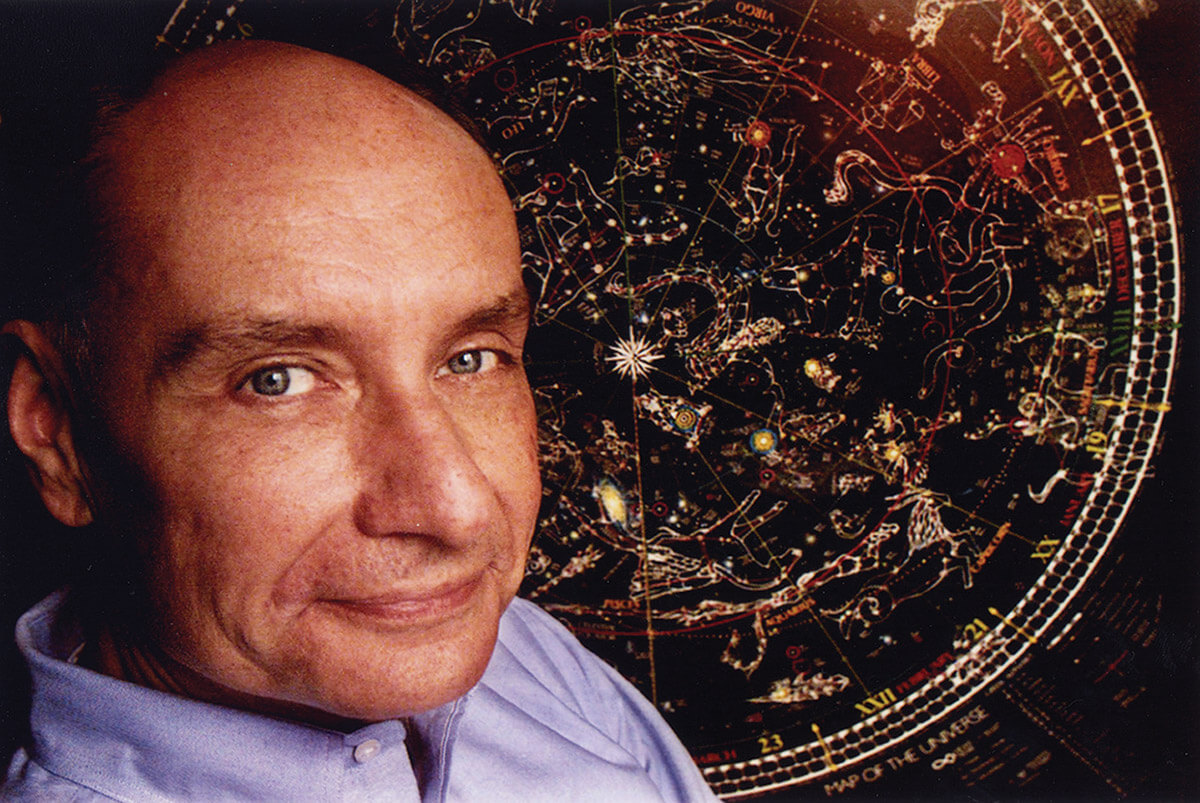Astronomers typically make their discoveries by pointing a telescope into the night sky. But astronomer Michael Molnar PhD’71 discovered what he believes is the identity of the most famous star in history by studying his coin collection.
In astronomy classes that he taught at Rutgers University, students often raised questions about the Star of Bethlehem at Christmastime. Molnar gave the conventional and inconclusive explanations that began with pioneering astronomer Johannes Kepler four hundred years ago.
But then a Roman coin depicting a ram and a star led him into the ancient world of astrology and an unexpected key. “I’m an astronomer, not an astrologer,” Molnar says. “I had to learn what astrologers of two thousand years ago would have looked for in the sky for the birth of the king of the Jews.”
His research suggested that a moon passing in front of Jupiter (an occultation in astronomical terms), while it was in the zodiacal territory of Aries the Ram, would signal the birth of an important king of the Jews. He calculated that such a rare occultation, with Jupiter as a morning star (“in the east”), occurred in 6 BC on April 17. “Then I knew I had the answer to the Star of Bethlehem,” he says.
It was a different, yet logical, approach. “Molnar deserves credit for his research into the astrological context,” says Peter Barthel, a professor of astrophysics at the University of Groningen in the Netherlands.
In 2014, that university celebrated its four hundredth anniversary with a colloquium focusing on the Star of Bethlehem. “Molnar’s theory was central in our meeting,” Barthel says. And while scholars quibbled, it’s clear that Molnar had identified a phenomenon that had meaning for those who saw symbolism in celestial objects.
“The nature of the Star of Bethlehem must be astrological, not astronomical,” says Louisiana State University astronomer Bradley Schaefer. “The scholarly community has largely been converted.”
Molnar can claim to be living under a benevolent star of his own. While pursuing his PhD in astronomy in 1970, he worked long nights in Sterling Hall. Shortly after midnight on August 24, he became hungry and sought out a vending machine, which jammed and wouldn’t give him his money back. Frustrated, he left early.
Three hours later, a bomb went off, killing researcher Robert Fassnacht and destroying part of Sterling Hall and the work of many students, including that of Molnar. With the help of faculty and fellow students, however, he was able to complete his degree in 1971 and continue his career in astronomy.
Published in the Winter 2015 issue




Comments
No comments posted yet.